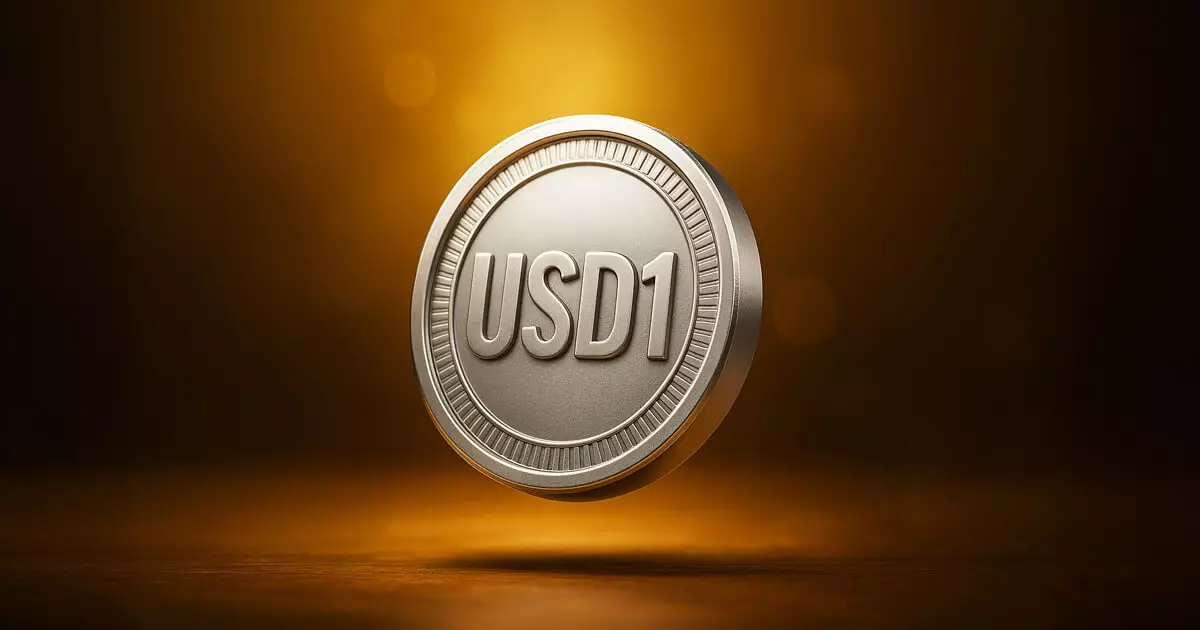In an audacious move, Binance—the behemoth of the cryptocurrency trading world—has announced plans to list the USD1 stablecoin. Associated with the Donald Trump family-backed venture, World Liberty Financial (WLFI), this stablecoin marks a new chapter not just for Binance but also for the landscape of decentralized finance (DeFi). Trading will commence for the USD1/USDT pair, signaling a significant step in providing more accessible financial instruments to a broader audience, albeit with notable regional restrictions.
Geographic Limitations: A Double-Edged Sword
However, the listing’s impact is somewhat blunted by the geographical limitations imposed. Users from the European Economic Area, the US, and other specific regions find themselves sidelined from trading USD1. This raises an important question: can we truly consider a financial product inclusive if it excludes major markets? The USD1 has the potential to revitalize discussions around stablecoins, but the realities of regulatory constraints will inevitably dilute its immediate utility for a vast user base. This prompts an urgent need for dialogue on how to strike a better balance between regulatory compliance and financial accessibility.
Technological Integration: The Future of Financial Services
What truly excites is USD1’s integration into a multi-chain ecosystem, thanks to its collaboration with Chainlink’s Cross-Chain Interoperability Protocol (CCIP). This connection facilitates seamless transactions, allowing users to navigate various blockchain environments without friction. The philosophical underpinning that makes this appealing lies in WLFI’s stated mission to serve the 1.4 billion unbanked individuals worldwide. By leveraging robust technology and pushing for inclusion, we may be looking at a transformative shift in how financial services deliver value to the underserved.
Strategic Partnerships: A Broader Vision
However, partnerships are being leveraged with a very clear goal: creating a ripple effect that could empower the underbanked. With partnerships forming across the DeFi landscape, it seems apparent that WLFI has land firmly in sight for a more inclusive financial world. The tumultuous financial climate calls for innovation, and USD1 could act as a beacon guiding us toward empowerment through decentralization. The potential to dominate the stablecoin market, backed by US Treasuries, offers a stable foundation for both safety and growth.
A Cultural Shift in Financial Perspectives
Zach Witkoff, co-founder of WLFI, emphasizes the underlying ideology behind USD1: the desire to empower individuals without equitable access to banking. In a climate where financial tools are often gatekept, this venture represents a refreshing approach appealing to the center-right liberal perspective of responsibility and liberation from outdated banking norms. Establishing a stable digital currency could ground the long-mythologized utopia of decentralized finance in the reality of everyday transactions.
While skepticism lingers regarding the efficacy and safety of fluctuations in cryptocurrency, movements like those initiated by Binance and WLFI signal that we might be on the brink of something transformative. Through the power of stablecoins and a definitive push towards inclusivity, we can envision an evolution in finance—a domain where barriers are dismantled, and opportunity extends to every corner of society.















